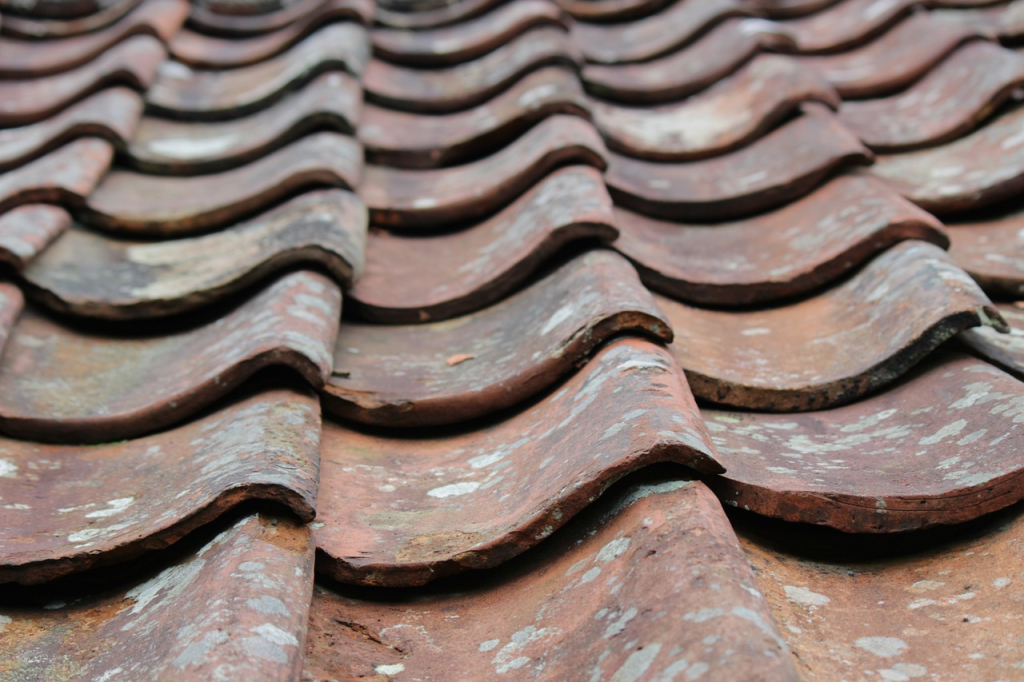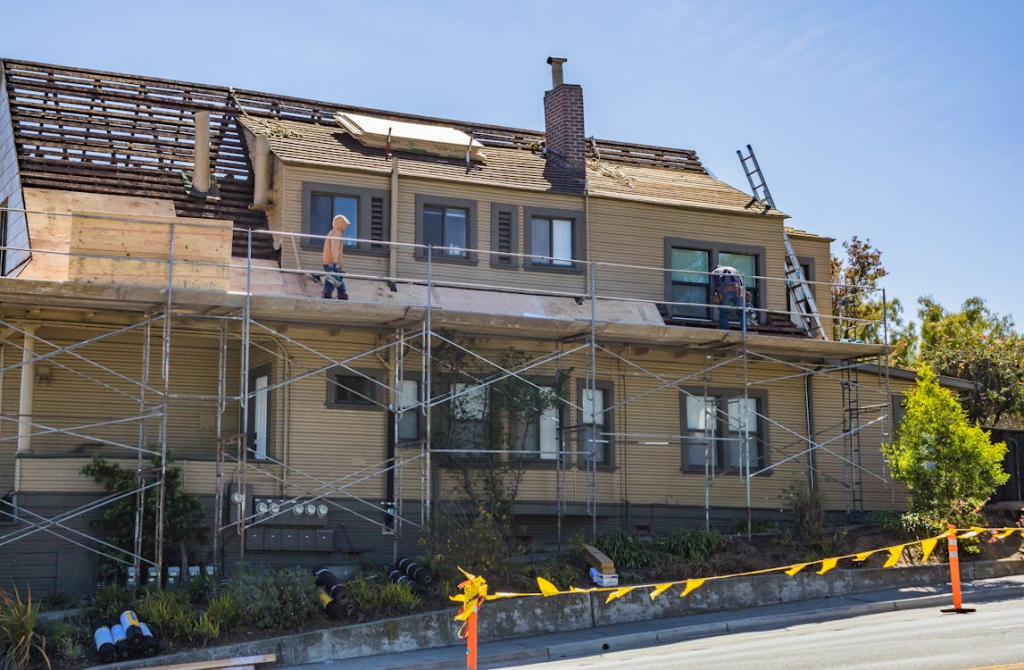The roof of a commercial building plays a crucial role in safeguarding the entire structure. Regular maintenance is necessary to prolong its lifespan and ensure that it effectively protects the interior from the elements.
Recognizing the signs that indicate a need for repair is essential for property owners and managers. This article explores key indicators that suggest it’s time to address roof issues before they escalate into costly problems.

Sagging Roof Line
A sagging roof line is one of the most clear-cut signs that repair is necessary. When your roof appears to dip or droop, it suggests underlying structural issues. This can be caused by excess weight from snow accumulation, damaged roof trusses, or water damage leading to weakened support.
Addressing this issue promptly is wise. Neglect can lead to severe safety hazards and extensive structural damage. Whether you go now and see your local roofers or wait till later and do some online research, you will see that immediate inspection is crucial. A professional assessment can reveal if the sagging is due to material wear or a more serious problem like rot or insect damage, which may necessitate significant repairs or complete roof replacement.
Early intervention can prevent the problem from worsening and save you from higher repair costs in the future. In some cases, temporary reinforcement may buy time, but it’s not a substitute for a full structural evaluation. Prioritizing safety and acting quickly ensures your roof remains secure and functional.
Leaks and Water Stains
Finding leaks or water stains in a ceiling or wall is a strong sign that the roof may be compromised. Water stains can manifest as brown spots, drips, or discoloration, indicating that moisture is seeping through the roof material. This can happen due to worn-out flashing, damaged membrane, or even cracked shingles. Water intrusion not only damages the building structure but can also lead to mold growth.
Regular inspections can help identify leaks early on. Utilizing professional roofing services helps ensure your roof is free from damage and that your building remains moisture-free. Over time, a small leak can evolve into a much larger issue, resulting in costly repairs and potential health hazards.
Once a leak is detected, it’s essential to act quickly to prevent further water damage. Delaying repairs can compromise insulation and electrical systems, which could result in more extensive issues down the line. Professional roofers can assess the extent of the damage and recommend the most effective solution, whether it’s a simple patch or a more comprehensive repair.
Missing or Damaged Shingles
The inspection of roof material is simple yet critical. Check for missing, cracked, or curling shingles, as these are often signs of wear and tear. Shingles serve as the first line of defense against harsh weather, and any compromise can lead to more significant leaks and structural damage. Roofs built with asphalt shingles, for instance, have a limited lifespan, and once they start losing their protective capabilities, repairs need to be addressed swiftly.
Repairing or replacing damaged shingles promptly can save money in the long run. Delaying the necessary work may eventually lead to needing a complete roof overhaul, which is much more expensive. Regular maintenance checks can also reveal additional issues that might need attention.
Missing or damaged shingles can affect the overall aesthetics of your roof, potentially reducing curb appeal. If you notice any gaps or discoloration, it’s essential to address them immediately to avoid further deterioration. A roofing professional can help match new shingles to the existing ones, ensuring a seamless and durable repair that maintains the integrity of your home.
Pools of Water on Flat Rooftops
If your commercial building has a flat roof and you notice standing water after a rain, it indicates poor drainage or a possible slope issue. Standing water can become a breeding ground for moss and algae, which may further deteriorate roofing materials. Over time, the weight of this excess water can lead to serious structural concerns.
Implementing a proper drainage system can prevent water from pooling, thus extending the life of your roof. Regular inspections and maintenance of gutters and drainage systems are crucial for flat roofs, as ignored pooling can result in leaks or severe roof damage.
The accumulation of standing water can accelerate the deterioration of roofing materials, leading to cracks and leaks. Flat roofs often require more attention compared to pitched roofs, as water tends to remain on the surface longer. A roofing contractor can install specialized drainage solutions or repair any existing issues to ensure proper water flow, keeping your roof in optimal condition.
Increased Energy Bills
A sudden spike in your energy bills can indicate that your roof isn’t serving its purpose effectively. A compromised roof may not provide adequate insulation. When heat escapes during winter months or increases in summer, HVAC systems work harder to maintain comfortable indoor temperatures, resulting in higher costs. Assessing the roofing material for energy efficiency and proper insulation can be necessary, particularly if there are signs of damage or excessive wear.
Replacing or repairing roofing can contribute to energy savings over time. Working with roofing professionals allows for a thorough evaluation of your roof’s insulation and energy performance. Investing in solutions geared toward energy efficiency not only helps cut costs but also provides for a better environmental impact.

Age of the Roof
Finally, consider the age of your roof. Most commercial roofs have a lifespan ranging from 20 to 50 years, depending on the type of materials used. If your roof is nearing the end of its life, addressing any warning signs quickly becomes important. Even well-maintained roofs will eventually need repair or replacement due to natural deterioration and changes in building codes or standards.
Regular maintenance can help extend the life of a roof, but recognizing when it needs replacement is key. Consulting with roofing professionals to assess its condition can provide clarity on whether repairs or a complete overhaul are the appropriate next step.
Being proactive about roof maintenance and repairs can save significant costs and prevent major disruptions to your business operations. If you notice any of these signs, it’s essential to take action as soon as possible to ensure the longevity and effectiveness of your commercial roof.

